Crimping Pliers for Coaxial Cable
Crimping pliers for coaxial cable are specialized hand tools designed for terminating or connecting coaxial cables by securely attaching connectors to the cable ends. The term “crimping” refers to the process of deforming a metal sleeve or collar around the cable and connector, creating a reliable electrical and mechanical connection. These pliers typically have a jaw or die set that is matched to the specific type and size of coaxial connectors being used. The user places the connector onto the stripped end of the coaxial cable, positions it within the crimping die, and then squeezes the handles of the pliers to compress the metal sleeve, forming a tight and durable connection. This process ensures proper electrical conductivity and prevents signal leakage or interference in coaxial cable installations.
Uses of a CRIMPING PLIERS FOR COAXIAL CABLE
- Cable Installation: Crimping pliers are used to attach connectors to the ends of coaxial cables during installation. This is a crucial step in establishing proper connections for transmitting audio, video, and data signals.
- Telecommunications: Coaxial cables are frequently used in telecommunications for transmitting cable television signals, internet connectivity, and other communication services. Crimping pliers are essential for ensuring reliable and secure connections in these applications.
- Networking: Coaxial cables are sometimes used in networking applications, especially in older installations. Crimping pliers are used to terminate connectors on coaxial cables for networking purposes, such as in local area networks (LANs).
- Satellite and Cable TV Installations: Crimping pliers play a key role in installing coaxial cables for satellite TV and cable TV systems. Technicians use these tools to attach connectors to the cables, ensuring proper signal transmission.
- Security Systems: Coaxial cables are commonly used in security camera installations. Crimping pliers are employed to terminate connectors on the coaxial cables that connect surveillance cameras to recording devices or monitors.
- Antenna Installations: Coaxial cables are used to connect antennas to television sets or other receiving devices. Crimping pliers are used to attach connectors to the coaxial cables in antenna installations.
- Radio Frequency (RF) Applications: In various RF applications, including radio communication and amateur radio setups, coaxial cables are utilized. Crimping pliers are used to terminate connectors on these cables to ensure efficient signal transmission.
- DIY Projects: Individuals who engage in do-it-yourself (DIY) projects involving coaxial cables, such as setting up home entertainment systems or installing antennas, use crimping pliers to create reliable connections.
- Eye Protection: Wear safety glasses or goggles to protect your eyes from any flying debris, metal shavings, or accidental contact with connectors. This is especially important when crimping connectors, as small metal pieces may be produced during the process.
- Hand Protection: Consider wearing work gloves to protect your hands from any sharp edges on the coaxial cables or connectors. Gloves can also provide additional grip when handling tools.
- Work in a Well-Ventilated Area: If you are working indoors, ensure that the area is well-ventilated. This is important in case there are fumes from any materials you may be working with, and it helps maintain a comfortable working environment.
- Check for Electrical Safety: Before working with coaxial cables, make sure that the power is turned off in the area where you are working. If you are working on live equipment, take proper precautions and use insulated tools to minimize the risk of electrical shock.
- Proper Tool Use: Use the crimping pliers only for their intended purpose – crimping coaxial cables. Avoid using them for tasks they are not designed for, as this can lead to damage to the tool or unsafe conditions.
- Inspect Tools Before Use: Before starting your work, inspect the crimping pliers for any signs of damage or wear. Ensure that the handles, jaws, and locking mechanisms are in good condition. Damaged tools should be repaired or replaced.
- Follow Manufacturer's Instructions: Always follow the manufacturer's instructions for both the crimping pliers and the coaxial cable connectors. Different connectors may have specific crimping requirements, and following guidelines ensures a proper and secure connection.
- Secure Work Area: Keep your work area clean and organized. Remove any unnecessary tools or materials from the work surface to prevent accidents or tripping hazards.
- Training: Ensure that anyone using the crimping pliers is adequately trained on their proper use. This includes understanding the correct techniques for crimping connectors and any associated safety precautions.
- Disconnect Power: If you are working on electrical equipment or connections, make sure to disconnect power before making any modifications. This reduces the risk of electrical shock.


 Acrylic Sealants
Acrylic Sealants Construction Adhesives
Construction Adhesives Double-Sided Tape
Double-Sided Tape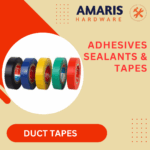 Duct Tape
Duct Tape Electrical Tape
Electrical Tape Epoxy & Resins
Epoxy & Resins Masking Tape
Masking Tape
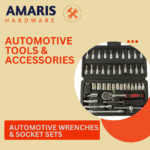 Automotive Wrenches & Socket Sets
Automotive Wrenches & Socket Sets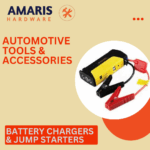 Battery Chargers & Jump Starters
Battery Chargers & Jump Starters Car Jacks & Stands
Car Jacks & Stands Car Wash & Detailing Products
Car Wash & Detailing Products Diagnostic Tools
Diagnostic Tools Tire Inflators
Tire Inflators Vehicle Lighting
Vehicle Lighting Oil & Lubricants
Oil & Lubricants
 Adhesives & Sealants
Adhesives & Sealants Bricks & Blocks
Bricks & Blocks Cement & Concrete
Cement & Concrete Drywall & Plaster
Drywall & Plaster Flooring (Tiles, Wood, Laminate)
Flooring (Tiles, Wood, Laminate) Lumber & Plywood
Lumber & Plywood Paints, Primers & Coatings
Paints, Primers & Coatings Insulation Materials
Insulation Materials Roofing Materials
Roofing Materials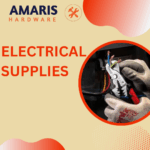
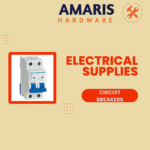 Circuit Breakers
Circuit Breakers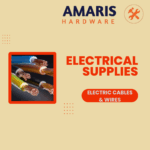 Electrical Cables & Wires
Electrical Cables & Wires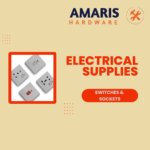 Switches & Sockets
Switches & Sockets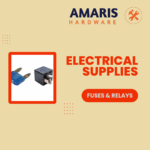 Fuses & Relays
Fuses & Relays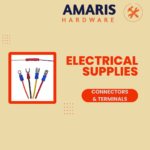 Connectors & Terminals
Connectors & Terminals Electrical Boxes & Panels
Electrical Boxes & Panels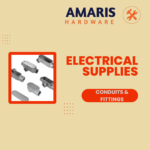 Conduit & Fittings
Conduit & Fittings Lighting Fixtures & Bulbs
Lighting Fixtures & Bulbs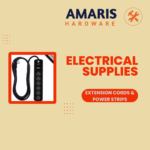 Extension Cords & Power Strips
Extension Cords & Power Strips
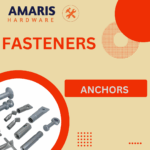 Anchors
Anchors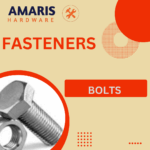 Bolts
Bolts Clips & Clamps
Clips & Clamps Screws
Screws Nuts
Nuts Washers
Washers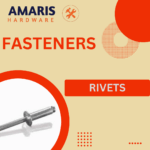 Rivets
Rivets Nails
Nails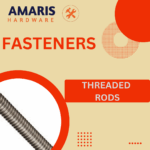 Threaded Rods
Threaded Rods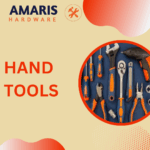
 Hammers
Hammers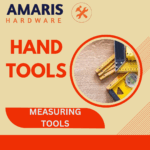 Measuring Tools (Tapes, Levels, Calipers)
Measuring Tools (Tapes, Levels, Calipers) Screwdrivers
Screwdrivers Pliers & Cutters
Pliers & Cutters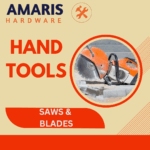 Saws & Blades
Saws & Blades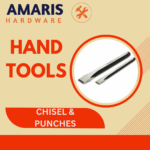 Chisels & Punches
Chisels & Punches Allen Keys & Hex Keys
Allen Keys & Hex Keys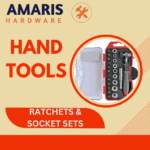 Ratchets & Socket Sets
Ratchets & Socket Sets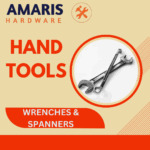 Wrenches & Spanners
Wrenches & Spanners
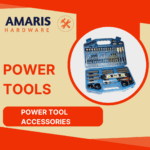 Power Tool Accessories (Blades, Bits, Discs)
Power Tool Accessories (Blades, Bits, Discs)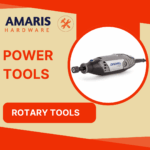 Rotary Tools
Rotary Tools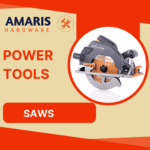 Saws (Circular, Jigsaw, Reciprocating)
Saws (Circular, Jigsaw, Reciprocating)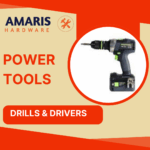 Drills & Drivers
Drills & Drivers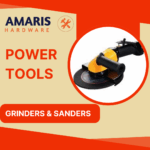 Grinders & Sanders
Grinders & Sanders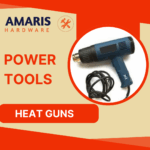 Heat Guns
Heat Guns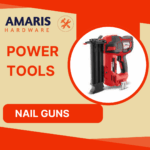 Nail Guns
Nail Guns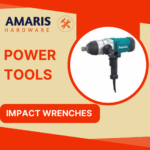 Impact Wrenches
Impact Wrenches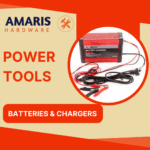 Batteries & Chargers
Batteries & Chargers
 Pipes & Fittings (PVC, Copper, PEX)
Pipes & Fittings (PVC, Copper, PEX) Plumbing Tools
Plumbing Tools Pumps & Motors
Pumps & Motors Sealants & Adhesives for Plumbing
Sealants & Adhesives for Plumbing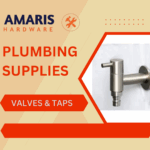 Valves & Taps
Valves & Taps Water Heaters
Water Heaters Drainage Systems
Drainage Systems Faucets & Fixtures
Faucets & Fixtures Hoses & Tubing
Hoses & Tubing
 Hinges & Latches
Hinges & Latches Hooks & Brackets
Hooks & Brackets Window Hardware
Window Hardware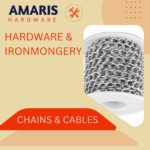 Chains & Cables
Chains & Cables Casters & Wheels
Casters & Wheels Shelving & Storage Systems
Shelving & Storage Systems Door Handles & Locks
Door Handles & Locks Drawer Slides & Cabinet Hardware
Drawer Slides & Cabinet Hardware
 Personal Protective Equipment (PPE)
Personal Protective Equipment (PPE) Respirators & Masks
Respirators & Masks Safety Glasses
Safety Glasses Safes
Safes Security Cameras
Security Cameras Gloves
Gloves Helmets
Helmets Ear Protection
Ear Protection Fire Safety Equipment
Fire Safety Equipment Locks & Padlocks
Locks & Padlocks Motion Sensors & Alarms
Motion Sensors & Alarms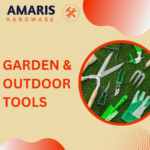
 Garden Fencing
Garden Fencing Garden Furniture Hardware
Garden Furniture Hardware Lawn Mowers
Lawn Mowers Trimmers & Edgers
Trimmers & Edgers Shovels & Spades
Shovels & Spades Rakes & Hoes
Rakes & Hoes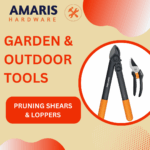 Pruning Shears & Loppers
Pruning Shears & Loppers Watering Systems (Hoses, Sprinklers, Nozzles)
Watering Systems (Hoses, Sprinklers, Nozzles)
 Interior Paints
Interior Paints Paint Brushes & Rollers
Paint Brushes & Rollers Paint Strippers & Thinners
Paint Strippers & Thinners Paint Trays & Accessories
Paint Trays & Accessories Exterior Paints
Exterior Paints Spray Paints
Spray Paints Primers & Undercoats
Primers & Undercoats Varnishes & Stains
Varnishes & Stains
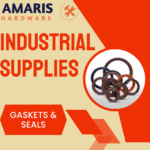 Gaskets & Seals
Gaskets & Seals Hydraulic Fittings
Hydraulic Fittings Industrial Fasteners
Industrial Fasteners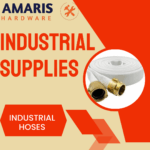 Industrial Hoses
Industrial Hoses Lubricants & Greases
Lubricants & Greases Metal Sheets & Bars
Metal Sheets & Bars Bearings & Bushings
Bearings & Bushings Belts & Pulleys
Belts & Pulleys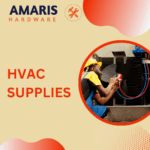
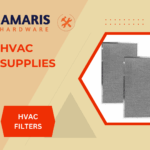 HVAC Filters
HVAC Filters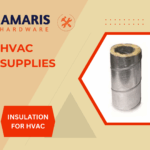 Insulation for HVAC
Insulation for HVAC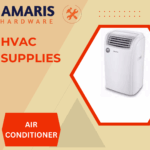 Air Conditioners
Air Conditioners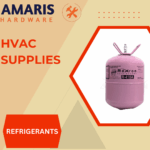 Refrigerants
Refrigerants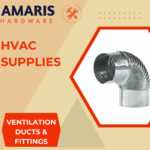 Ventilation Ducts & Fittings
Ventilation Ducts & Fittings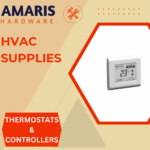 Thermostats & Controllers
Thermostats & Controllers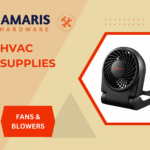 Fans & Blowers
Fans & Blowers
 Pegboards & Hooks
Pegboards & Hooks Shelving Units
Shelving Units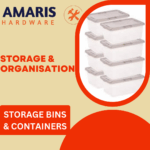 Storage Bins & Containers
Storage Bins & Containers Toolboxes & Tool Chests
Toolboxes & Tool Chests Workbenches
Workbenches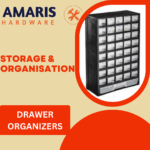 Drawer Organizers
Drawer Organizers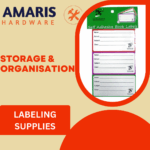 Labeling Supplies
Labeling Supplies
 Welding Accessories (Clamps, Brushes)
Welding Accessories (Clamps, Brushes) Welding Electrodes & Rods
Welding Electrodes & Rods Welding Helmets & Gloves
Welding Helmets & Gloves Welding Machines
Welding Machines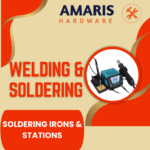 Soldering Irons & Stations
Soldering Irons & Stations Flux & Solder Wire
Flux & Solder Wire
 Generator Accessories
Generator Accessories Inverters
Inverters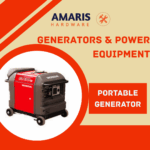 Portable Generators
Portable Generators Power Inverters
Power Inverters Transfer Switches
Transfer Switches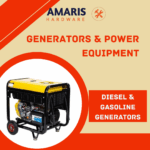 Diesel & Gasoline Generators
Diesel & Gasoline Generators
 Transport Equipment: Carts, Dollies, and Hand Trucks
Transport Equipment: Carts, Dollies, and Hand Trucks Storage Solutions: Pallets, Racks, and Containers
Storage Solutions: Pallets, Racks, and Containers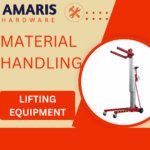 Lifting Equipment: Hoists, Cranes, and Jacks
Lifting Equipment: Hoists, Cranes, and Jacks Conveyors and Accessories: Belts and Rollers
Conveyors and Accessories: Belts and Rollers




